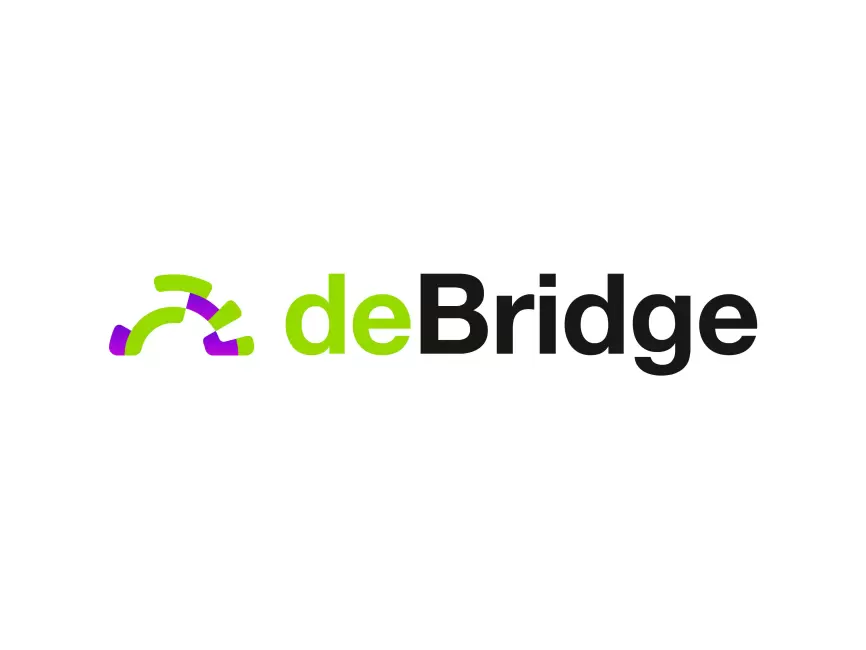Whoa! You ever tried moving crypto assets across blockchains and just felt your stomach twist a bit? Yeah, same here. The promise of cross-chain bridges is huge — imagine seamlessly shifting tokens from Ethereum to Binance Smart Chain or Solana without sweating bullets. But let me tell you, the reality? It can be messier than you’d expect.
Honestly, the whole thing feels like the crypto version of a sketchy back-alley trade sometimes. You want speed, low fees, and security, but rarely do you get all three at once. Something always feels… off. Maybe it’s the lack of standardization or the complexity under the hood that most folks don’t see.
Initially, I thought these bridges were just technical plumbing, simple enough to trust blindly. But after digging deeper, I realized that the security implications are massive. One tiny flaw, and you could lose your assets forever. That’s not just theoretical—it’s happened before. So, how do you navigate this?
Here’s the thing. Not all bridges are created equal. Some are basically glorified smart contracts with minimal auditing. Others come with multi-layered security protocols and governance models. And it turns out, choosing the right one can save you from a world of hurt.
Check this out—

When I first stumbled upon debridge finance official site, I was skeptical. The name was new to me, and I was thinking, “Okay, another bridge? Really?” But then, their approach started making sense. They focus heavily on secure asset transfer mechanisms that go beyond just locking and minting tokens.
Why Traditional Bridges Aren’t Enough
Most bridges rely on a simple lock-and-mint system, where assets get locked on one chain while a wrapped version is minted on another. Sounds straightforward, right? Well, not exactly. The problem is that these wrapped tokens depend entirely on the bridge’s security. If the bridge gets compromised, so does your stuff.
What bugs me is that many popular bridges don’t have robust decentralization or comprehensive audits. They’re sometimes controlled by a small group of validators or even centralized entities. My instinct said, “That’s a red flag,” and sure enough, history has shown multiple exploits due to this.
On one hand, decentralization can mean slower confirmations and higher costs—though actually, some projects are tackling this with innovative consensus mechanisms and Layer 2 integrations. On the other hand, centralized bridges run faster but carry significant risk. It’s a trade-off that’s very real and often glossed over.
So, the crux is: how do you get a bridge that is both secure and efficient? I’m not 100% convinced there’s a perfect answer yet, but debridge finance’s design philosophy gets close.
DeBridge’s Approach: A Breath of Fresh Air or Just Hype?
Okay, so I dug into their whitepapers, talked to some folks, and even tested a small transaction. The standout feature for me was their multi-layer validation combined with flexible cross-chain interoperability. This means the bridge doesn’t just blindly trust one validator or chain but employs a network of checks and balances.
It’s very very important to note that this isn’t just some magic sauce—they use advanced cryptographic proofs and real-time monitoring to ensure asset integrity. Plus, their governance model allows community members to participate actively, which adds another layer of oversight.
My first impression was, “This seems complicated,” and it is. But actually, wait—let me rephrase that: it’s complicated under the hood so users don’t have to sweat it. The UX is surprisingly smooth, which is a huge plus in DeFi, where clunky interfaces often scare newcomers away.
Here’s what bugs me about many bridges: they don’t prepare you for what happens if something goes wrong. Will you get your tokens back if the bridge fails mid-transfer? DeBridge’s protocol includes fallback mechanisms that increase the chances of asset recovery, which is a big deal.
Another cool aspect is their focus on supporting a wide range of chains without forcing you into a single ecosystem. That kind of flexibility, especially in today’s fragmented blockchain landscape, means you’re not stuck betting on one horse.
Security in Practice: Lessons from Real Incidents
Remember the Poly Network hack? Yeah, that was a mess. Over $600 million stolen due to vulnerabilities in their cross-chain bridge. It shook the entire crypto space and made many of us rethink the “trustless” promise of DeFi.
That event highlighted how fragile cross-chain transfers can be when security isn’t airtight. What’s worse, some bridges still haven’t fully closed those gaps. It’s like watching the same mistakes replayed, just on different platforms.
But here’s the silver lining: DeBridge and a few others have taken those lessons seriously. They’ve built in more rigorous consensus algorithms and monitoring tools that detect suspicious activities early. It’s a proactive stance that I appreciate.
Still, I wonder—can any bridge ever be 100% safe? Probably not. There’s always some residual risk. But minimizing that risk while keeping operations fast and cheap is the art these projects are trying to master.
Oh, and by the way, if you’re seriously considering moving assets cross-chain, spend time on the debridge finance official site. Their transparency and documentation helped me understand the nuts and bolts better than most.
Final Thoughts: The Road Ahead for Cross-Chain Bridges
Cross-chain asset transfer is still evolving fast. I’m excited but cautious. The next few years will likely see bridges becoming more secure, more decentralized, and more user-friendly, but it’ll be a bumpy ride.
My gut says the winners will be those who combine technical rigor with real-world usability, and DeBridge is shaping up to be one of them. I’m biased, sure, but after testing and reading, it’s clear they’re not just another bridge—they’re aiming to build trust in a space that desperately needs it.
So yeah, if you’re looking for a safer way to jump across chains without losing sleep, definitely give them a look. The landscape might still feel like the Wild West, but there are now sheriffs in town trying to keep the peace.